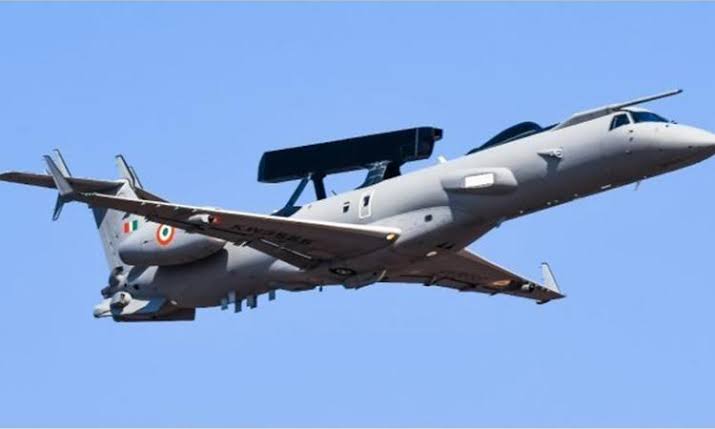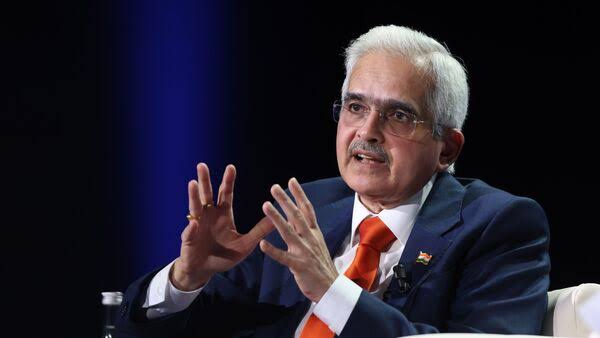India Boosts Defence: Advancing Indigenous ‘Eyes in the Sky’ for Enhanced Surveillance

New Delhi: India is intensifying efforts to develop and deploy advanced indigenous airborne early-warning and control (AEW&C) aircraft, often referred to as “eyes in the sky.” These aircraft will enhance surveillance and detection capabilities along the China and Pakistan borders and provide guidance to friendly fighters during air combat.
The Defence Research and Development Organization (DRDO) and the Indian Air Force (IAF) are actively advancing programs to create six Mark-1A and six Mark-2 versions of the Netra AEW&C aircraft. The defence ministry is set to consider the acceptance of necessity (AoN) for the six Mark-1A aircraft next week, involving equipping Brazilian Embraer jets with advanced radar, electronic, and signal intelligence systems at an estimated cost of around Rs 9,000 crore.
These Mark-1A AEW&C aircraft will build upon the existing Embraer-145 jet-based Netra models, providing 240-degree radar coverage with enhanced software and advanced technologies. Concurrently, the development of six Mark-2 aircraft is underway, featuring larger and more capable AEW&C radars and sensors mounted on second-hand Airbus-321 planes acquired from Air India, with an estimated cost of Rs 10,990 crore. The first Mark-2 aircraft is expected to be delivered in 2026-27, contributing advanced technologies to the Mark-1A versions.
Also Read: India’s Call for Peace: External Minister Singh Addresses Israel-Palestine Crisis
These initiatives are crucial for India to address the growing gap with regional counterparts, especially considering Pakistan’s 11 Saab-2000 Erieye AEW&C and China’s fleet of around 30 AEW&C aircraft. The AEW&C capability gains significance following the Balakot air-strikes and the ongoing tensions with China in eastern Ladakh.
The existing Netra and Phalcon AEW&C aircraft are integrated into the Indian Air Force’s integrated air command and control system (IACCS), forming a comprehensive automated air defence network. This network is progressively expanding to integrate military and civilian radars, enhancing surveillance capabilities across Indian airspace.



